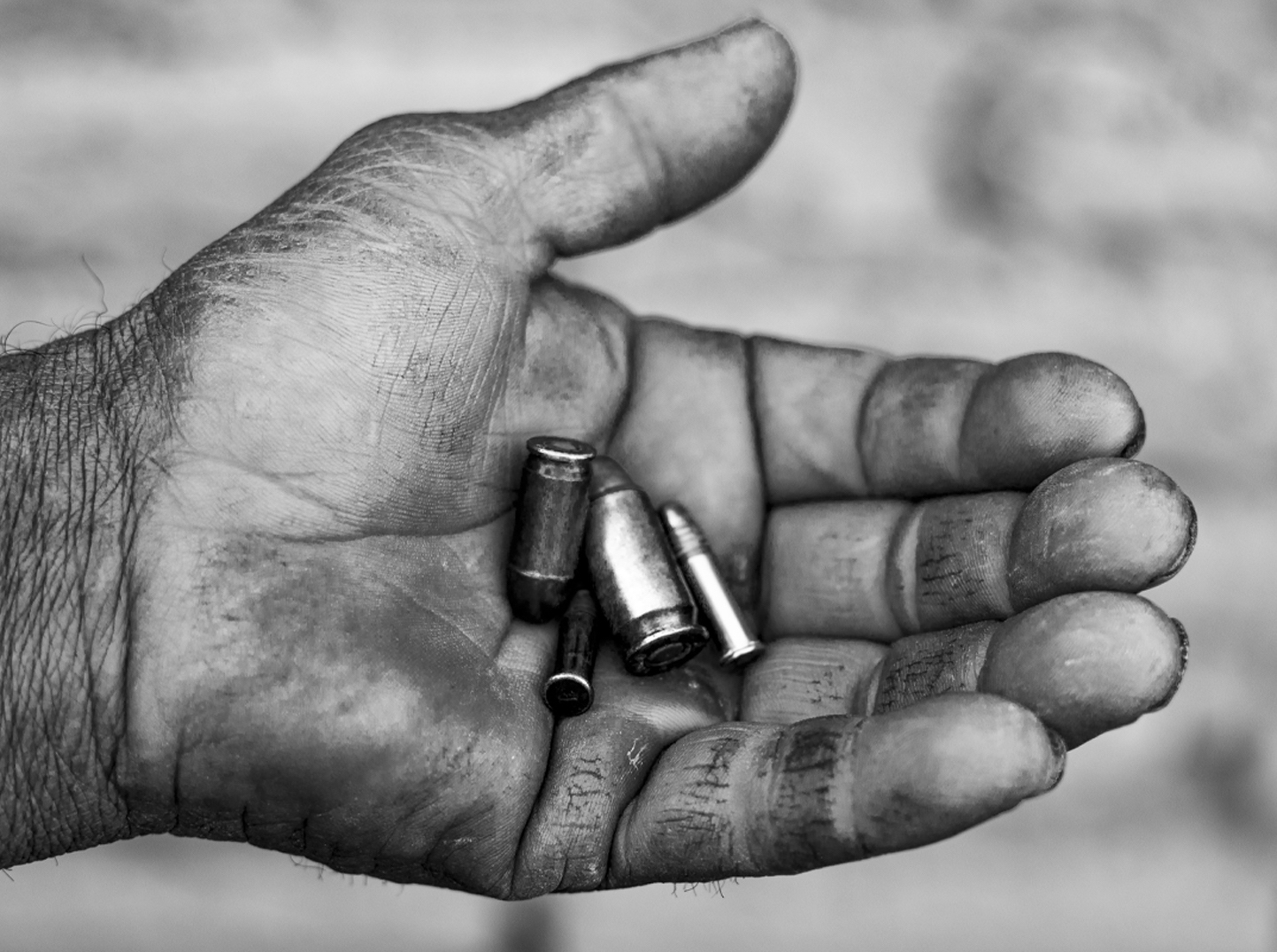
Milo Medina & Raúl Rebolledo
Eminente Barbarie
Exhibition
-> May 9 2024 – Jul 13 2024
Proyecto Arte presents Eminente Barbarie, an exhibition by Milo Medina and Raúl Rebolledo.
The Greeks had as their ideal that human life be in harmony with the laws of nature and the principles of reason. They considered that man, endowed with intelligence, should not only live with integrity but that his life within the polis should be aligned with his highest ideals. Therefore, for the development of these ideals, it was necessary to have an entity that, like man himself, was a product of nature and did not require any justification. Liberals believed, said Octavio Paz (1979), that the progress of free enterprise would lead to the flourishing of civil society, while the function of the State would be reduced to simple supervision of the spontaneous evolution of humanity. Marxists, with greater optimism, thought that the era of the emergence of socialism would also imply the disappearance of the State. Unfulfilled hopes and prophecies. The State of the last century has revealed itself as a more powerful force than the ancient empires and as a more fearsome master than the old tyrants and despots. A faceless, ruthless master who acts not like a demon, but like a machine. A Kafkaesque-style artifact that engraves their manifest destiny on the flesh of the condemned. In Eminente Barbarie, the new question about its nature and the implications of its existence in the contemporary context is present, revealing a fundamental contradiction: the nation-state assumes the protection of the lives of its citizens and at the same time maintains policies that generate precariousness. In any case, talking about a violent cultural ethos and the normalization of death serve as ideological underpinnings of state policy.
Raúl Rebolledo and Milo Medina explore how the spectral presence of everyday barbarism legitimates the State itself, its patriotic discourse, and the processes overall that are typical of life. They also analyze how the aesthetics of symbols and even foundational mythemes shape the national context and naturalize what sociologists have called the “risk society” (Giddens, 2007). The artists reflect on this situation: what is left for us then, but to cling to the ideals of a civilization that crumbles every time we try to return to it? It seems that, in passive contemplation of the gradual disintegration of the fundamental pillars, we only leave room for cruelty and atrocity to become the new ways of being.